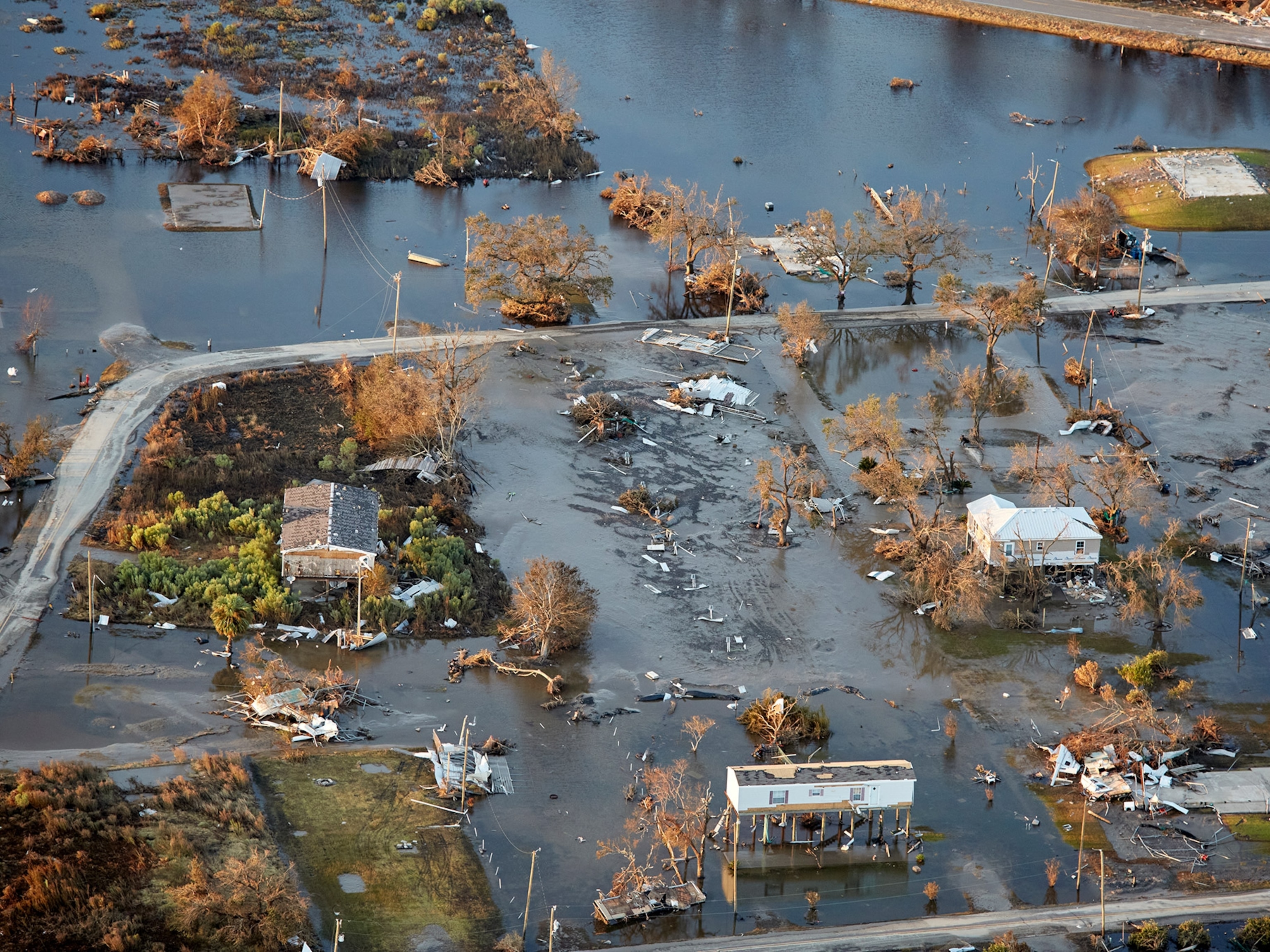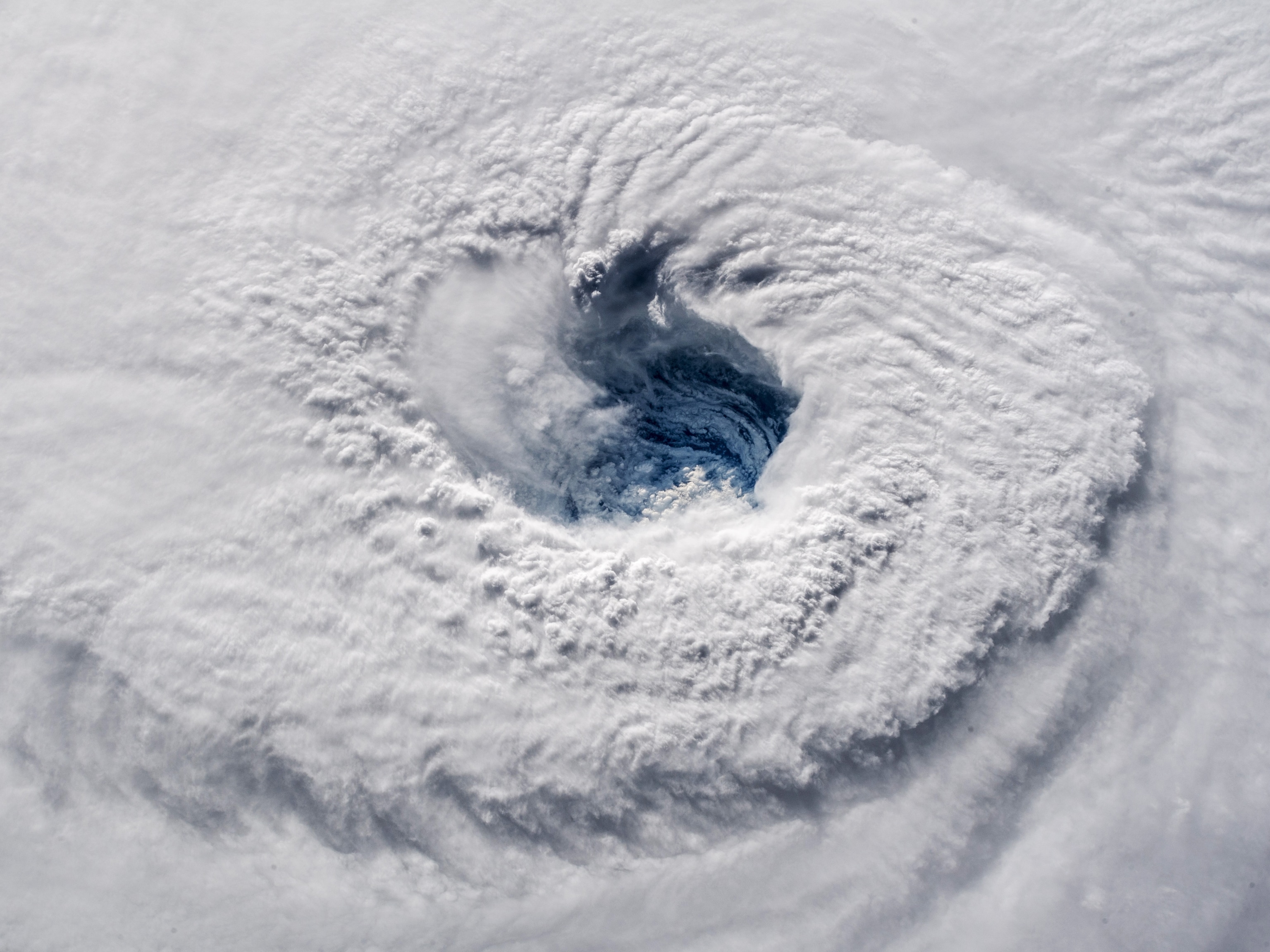
Will El Niño Knock Down 2014's Hurricanes?
Atlantic hurricanes look less plentiful this year, say federal forecasters.
Hurricanes look less likely this summer, said federal forecasters on Thursday, foreseeing an El Niño event that will reduce the number of Atlantic storms threatening coastal homes.
Should the El Niño form, meteorologists suggest it may bring badly needed rain to the western U.S.
The Atlantic hurricane season runs from June 1 to November 30, peaking in September. NOAA administrator Kathryn Sullivan said that her agency predicts that 8 to 14 named tropical storms with winds of at least 35 miles per hour will form in the Atlantic Basin, which includes the Atlantic Ocean, Gulf of Mexico, and Caribbean Sea.
Three to six of those storms could intensify into hurricanes with winds of at least 74 miles per hour, Sullivan said. And one or two hurricanes could become major hurricanes with winds exceeding 110 miles per hour, she said. (See: "Hurricanes 101.")
"It only takes one destructive storm to make for a very bad season," Sullivan reminded coastal residents.
However, an El Niño weather pattern, which occurs when waters in the eastern or central Pacific Ocean are unusually warm, can cause wind shear to increase over the Atlantic Ocean. These winds can make it more difficult for hurricanes to initially form. And if a hurricane does form, wind shear can make it more difficult for the storm to grow.
NOAA forecasters think cooler water temperatures in the Atlantic could also suppress hurricane formation this summer. Hurricanes draw their strength from warm ocean waters that have been heated to at least 80 degrees Fahrenheit.
Sullivan said residents on the U.S. Gulf and Atlantic coasts should not become complacent because of the forecast for a quiet hurricane season, however. She noted that Hurricane Andrew became one of the most powerful storms to make landfall in the U.S. in 1992, which was an otherwise quiet season for the Atlantic Basin.
El Niño Odds
Weather Underground's Jeff Masters said that there is about an 80 percent likelihood that the El Niño will occur this summer. But there is some uncertainty whether it could form over the central Pacific in the vicinity of the Hawaiian Islands or in the eastern Pacific off the west coast of South America.
Where the El Niño forms could determine how much it affects the Atlantic hurricane season, Masters said.
If the El Niño forms in the eastern Pacific, it is more likely to suppress hurricane formation in the Atlantic, Masters said. But if it forms in the central Pacific, it could have less influence on the Atlantic hurricane season.
Masters noted that an El Niño formed over the central Pacific in 2004. That summer saw four powerful hurricanes strike Florida between August and September. He added that Pacific trade winds—prevailing winds that blow west—could determine where the El Niño forms. If the trade winds blow strongly, they could push the El Niño more to the west, and that might lessen the impact on the Atlantic hurricane season.
California Dreaming
If an El Niño does form, it could mean some relief from the drought that has been parching the western U.S., said Brian McNoldy, a senior researcher at the University of Miami's Rosenstiel School of Marine and Atmospheric Science in Florida.
"They can get a lot more rain than usual," McNoldy said. "This year, that would be excellent news. In the grand scheme of things, they need more rain. There is severe drought in California, Nevada, Utah, Arizona—the whole southwest is dry."
El Niño conditions could cause more hurricanes to form in the Pacific, however, McNoldy said. There would be less wind shear over the Pacific to inhibit their formation and strengthening, and there would be more warm water to fuel them, he said.
Meteorologists should know in June whether the El Niño is going to form and how significant its influence would be on the Atlantic hurricane season, McNoldy said.





